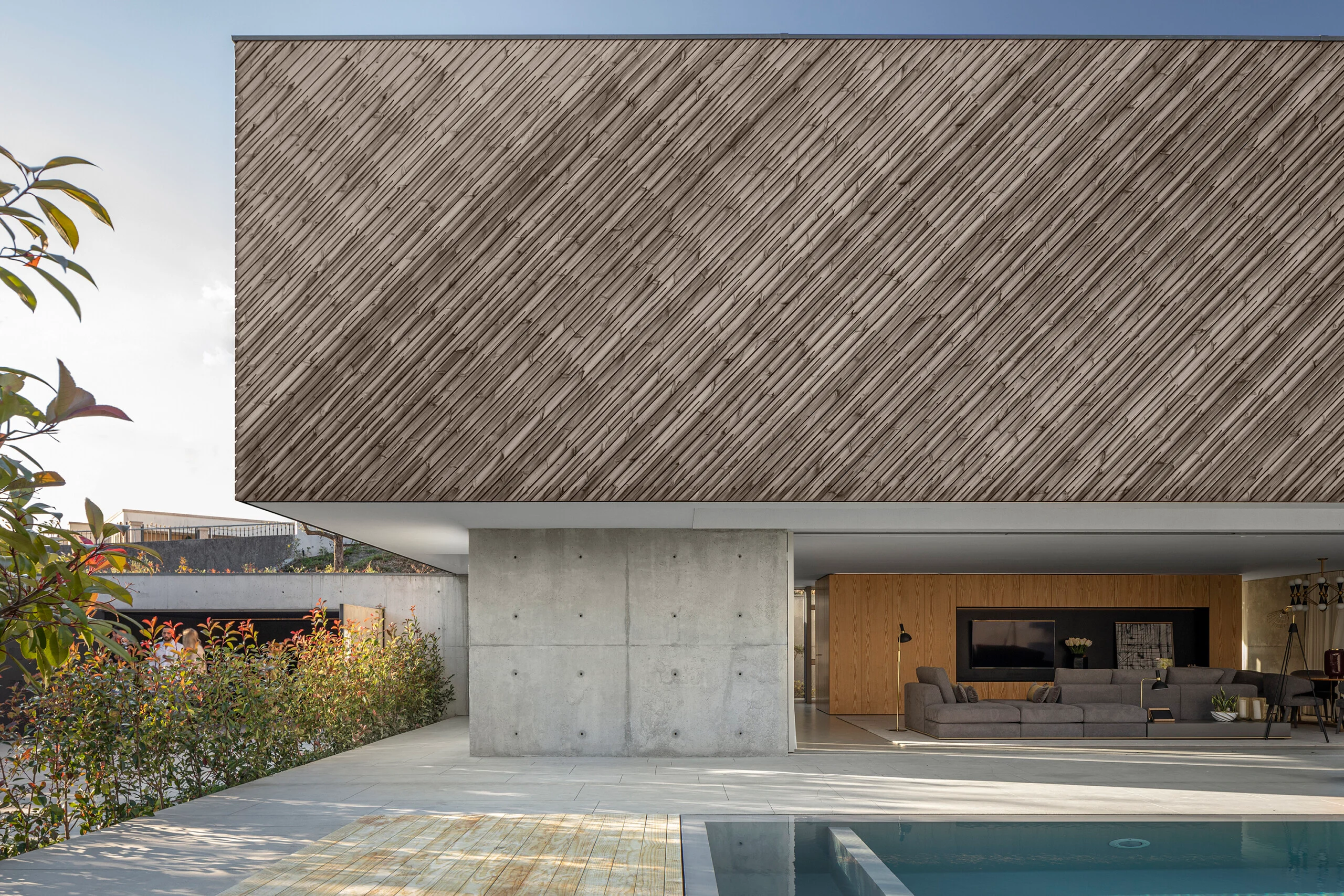Timber cladding appeal has risen as more and more construction and design professionals seek a classic and organic aesthetic. It improves the aesthetic appeal of buildings while providing some practical advantages, making it a fantastic option for external usage. Timber cladding has proven to be one of the most resilient, adaptable, and sustainable construction materials available. By protecting our planet with this cladding, you may enjoy the unique charm and character only natural materials can provide.
In this article, we will explore the many uses and advantages of timber cladding, hoping to encourage you to design rooms that blend in with their surroundings and leave a lasting impact.
Why Timber Cladding Is the Perfect Choice for Your Home
It would help if you used timber cladding on your house for several reasons. Some advantages of timber cladding include:
Natural Beauty
Timber cladding offers a natural and timeless beauty that can enhance the look of any home. The outside of your house may benefit from timber’s individuality and appeal thanks to its natural tones and distinctive grain patterns.
Durability
The high durability of wood cladding makes it resistant to a wide range of weather conditions, including strong winds, rain, and snow.
Eco-Friendly Building Material
Timber is a sustainable and renewable construction resource with a minimal carbon footprint. You may assist in lessening your environmental impact and contribute to a more sustainable future by using wood cladding.
Thermal Insulation Properties
Timber cladding offers excellent thermal insulation capabilities, which assist in managing your home’s temperature and saving on energy bills. It also helps minimise noise pollution, making it an excellent alternative for houses in densely populated regions.
Types of Timber Cladding: Finding the Right Style for Your Space
Timber cladding is a versatile and attractive option for interior and exterior spaces. The choice of cladding style can significantly impact the aesthetics and functionality of a room. Here are some common types of timber cladding styles:
Vertical Timber Cladding:
Vertical timber cladding is a form of wall construction in which timber planks or panels are affixed vertically from the bottom to the top of a wall, creating an impression of height and elegance. It can also be utilised in exterior applications for a streamlined, contemporary appearance.
Horizontal Timber Cladding
Horizontal timber cladding is a traditional and cosy design technique where timber boards or panels are placed horizontally across a wall, emphasising the width of a space. It’s famous for interior and exterior use, often achieving a rustic or coastal look.
Shiplap Cladding
Shiplap cladding has overlapping boards, allowing them to interlock and create a clean, uniform look. It’s famous for interior spaces with a farmhouse or coastal aesthetic and is suitable for exterior use due to its weather-resistant design.
Tongue and Groove Cladding
To create a continuous and smooth surface, tongue and groove cladding uses boards with a language on one side and a groove on the other. Its classic beauty makes it ideal for interior and outdoor walls and ceilings.
For those seeking an alternative to traditional solid timber cladding, spotted gum battens can be an excellent choice. Battens are narrow strips of wood that are fixed vertically or horizontally onto the exterior surface, creating depth and dimension while allowing airflow between each batten.
Maintaining Your Timber Clad Exterior: Expert Tips for Long-Lasting Appeal
Timber cladding is a timeless choice for enhancing the exterior of your home. Its natural beauty and warmth may complement any design aesthetic. However, regular care and maintenance are required to keep your wood cladding looking great for years. Some of the most important aspects of preserving wood cladding are listed below.
- Treatment and Preservation Process. Timber may be preserved from moisture, UV rays, and insect damage by using a high-quality wood preservative. This increases its endurance and helps it keep its natural texture and colour.
- Regular Cleaning Practices. Gentle washing with mild soap or specialised wood cleaners can remove dirt, grime, and pollutants that accumulate over time. It’s important to avoid using harsh chemicals or abrasive cleaning tools that may damage the surface.
- Inspect for Any Signs of Damage or Wear. Look out for cracks, splits, or areas where the protective coating has worn away. Addressing these issues promptly will prevent further deterioration and potential water penetration.
- Proper Ventilation. Adequate airflow helps prevent moisture buildup, which can lead to rotting or warping of the wood. Trim back any vegetation that may obstruct airflow, and consider installing vents if necessary.
In Summary
Timber cladding offers a timeless elegance that can genuinely elevate your design journey. Embracing timber cladding adds warmth and sophistication to your space with a sustainable and eco-friendly material. With proper maintenance, timber cladding can last for decades, making it a worthwhile investment for any design project.
Embrace the timeless elegance of timber cladding in your design journey now! Let its natural allure be the foundation for building your creative vision. Remember that excellent design makes things feel as well as look pleasant. Wood cladding lets you create an enduring design that impresses everyone. So embrace the elegance of timber cladding, and let your creativity soar!

